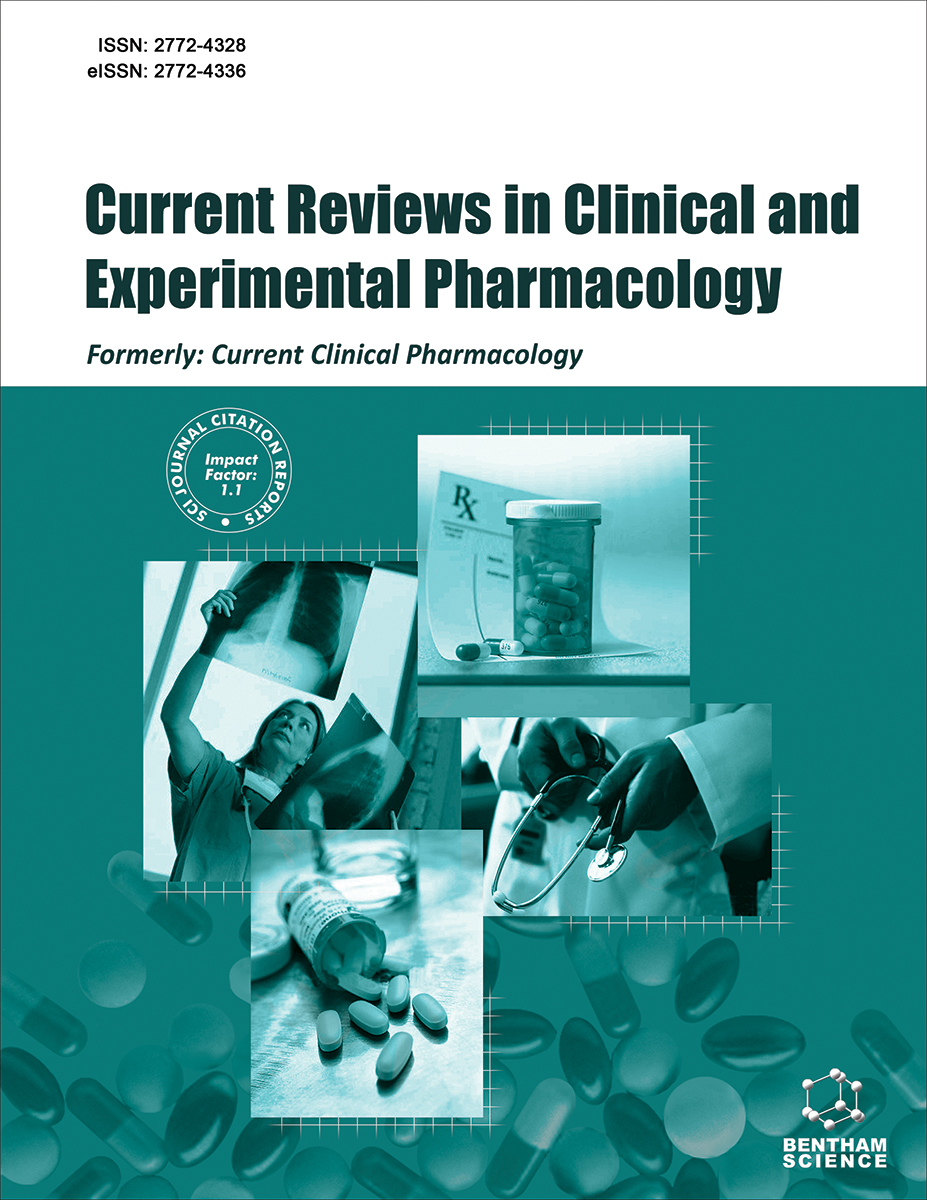
Full text loading...
We use cookies to track usage and preferences.I Understand
Background: Since their inception, preclinical experimental models have played an important role in investigating and characterizing disease pathogenesis. These in vivo, ex vivo, and in vitro preclinical tests also aid in identifying targets, evaluating potential therapeutic drugs, and validating treatment protocols.
Introduction: Diarrhea is a leading cause of mortality and morbidity, particularly among children in developing countries, and it represents a huge health-care challenge on a global scale. Due to its chronic manifestations, alternative anti-diarrheal medications must be tested and developed because of the undesirable side effects of currently existing anti-diarrheal drugs.
Methods: Several online databases, including Science Direct, PubMed, Web of Science, Google Scholar and Scopus, were used in the literature search. The datasets were searched for entries of studies up to May, 2022.
Results: The exhaustive literature study provides a large number of in vivo, in vitro and ex vivo models, which have been used for evaluating the mechanism of the anti-diarrheal effect of drugs in chemically-, pathogen-, disease-induced animal models of diarrhea. The advances and challenges of each model were also addressed in this review.
Conclusion: This review encompasses diverse strategies for screening drugs with anti-diarrheal effects and covers a wide range of pathophysiological and molecular mechanisms linked to diarrhea, with a particular emphasis on the challenges of evaluating and predictively validating these experimental models in preclinical studies. This could also help researchers find a new medicine to treat diabetes more effectively and with fewer adverse effects.

Article metrics loading...

Full text loading...
References


Data & Media loading...

